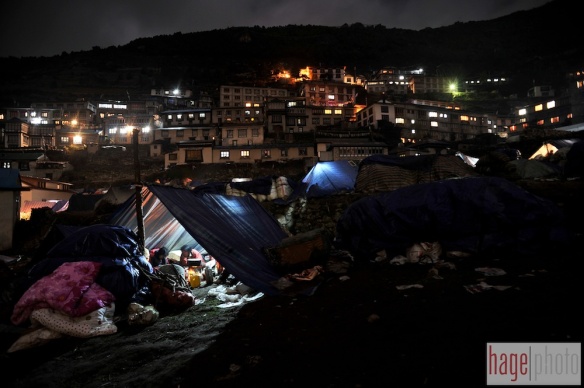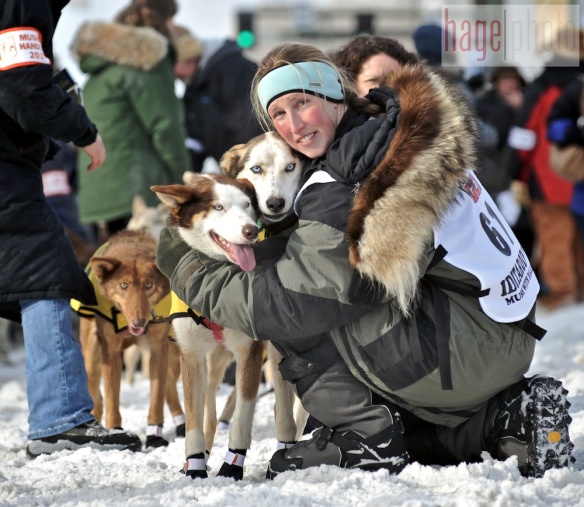In February we got a call from Canoe & Kayak editor Jeff Moag to discuss ideas for a portrait shoot in AK. The assignment was to photograph Stuart Nelson, an avid solo paddler and veteran of several very long river trips in Alaska and Northern Canada who in August 2010 endured a two-week ordeal after loosing his boat, equipment and supplies on the Little Wind River in the Northwest Territories. Nelson was left with only what he had in his modified PFD hundreds of miles from the nearest road. His tale and our portrait would lead the magazines’ feature on survival stories in the current (May 2011) issue.
Nelson is not the easiest guy to get in front of a camera. When he’s not getting away from it all on remote North Country rivers, his home is Eagle, Alaska; a tough to get to village on the Yukon River. Nelson is also the chief vet for the Iditarod sled dog race and would be in Anchorage end of February. Great! Except for the little fact that our waterways are still in deep freeze. But as they say, the show must go on…
What we came up with was to get Nelson geared up just how he was left on the Little Wind. A smokey single fire was key to his survival strategy, so we would use that as part of our setup. After a quick scout mission, we decided to do the shoot on a frozen bend of Eagle River accessed north of Anchorage. Nelson kept us completely enthralled with his story during the three-mile hike to our ‘spot’. He talked about coming to terms with the high probability that there would be no rescue. He was preparing himself to die out there.
Once out on the river, Agnes got the lighting gear put together and I dialed in what we wanted for an exposure. Nelson quickly got the smokey fire going (yes, with the survival items from his vest). We used a single soft box in conjunction with a white reflector to separate Nelson from the background. It was a super cloudy day and his olive drab outfit was perfect camo with the winter spruce forest. We worked different positions for a couple hours and were thankful for the continuous fire (thanks Stuart!).
Check out the spread and collection of outrageous tales of survival in the current issue of Canoe & Kayak.












































